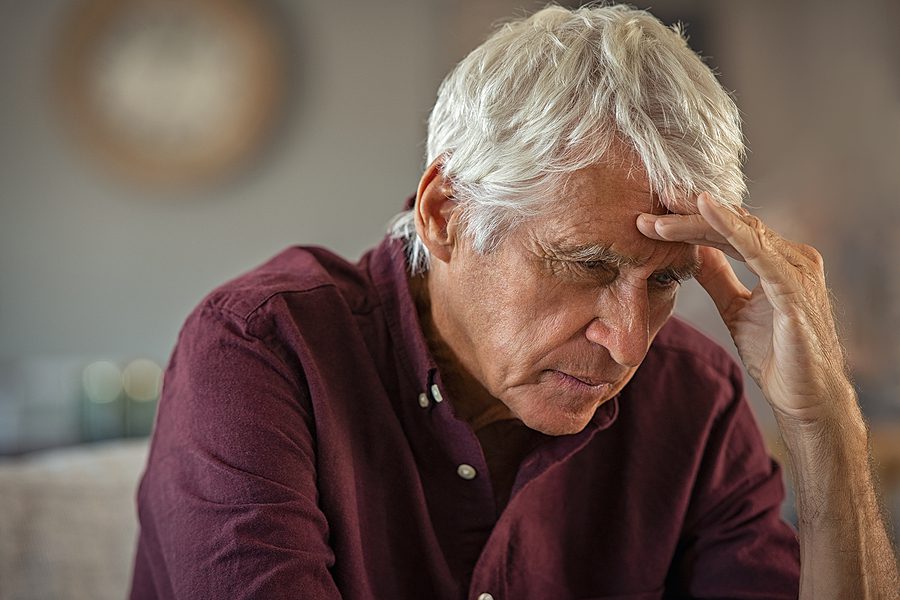Anxiety is a sense of excessive nervousness, fear, or worry. Chronic anxiety is considered a type of mental health issue. While we as a society focus on mental health issues mainly in children and teens, people of any age can deal with them. Anxiety is a generally overarching term, but there are different types. Certain types may be triggered by different causes or may be rooted in something deeper. This article will explore the different types of anxiety that many senior citizens live with.
Panic Disorder
Panic disorder is a type of anxiety often classified by the onset of panic attacks. These are sudden feelings of terror or worry that often come without warning. Symptoms may include heart palpitations, dizziness, chest pain, hyperventilation, and abdominal pain. Panic attacks are a common reaction to most anxiety disorders. However, panic disorder refers to anxiety that only manifests as panic attacks. Generally, if there are additional factors, it is something beyond panic disorder.
Anxiety and Phobias
Fear is a natural part of life, and is part of your body’s natural survival instincts. Fears help us survive potentially dangerous situations, by attempting to avoid them. However, a phobia is when those fears become irrational and disabling, especially in the face of something that poses little to no danger. Common phobias include agoraphobia (fear of the outside), social phobias, fear of driving, fear of thunderstorms, and fear of flying. Sometimes, these phobias are onset by traumatic experiences, such as a traumatic car crash or an encounter with a vicious animal. Anxiety in the face of your fears can cause people to limit their lives and experiences. Dealing with or overcoming true phobias can take sometimes take years of therapy.
OCD
Obsessive-Compulsive Disorder causes those living with it to deal with recurrent unwanted thoughts. This may manifest in the form of rituals (compulsions). They may feel that these rituals stave off unwanted thoughts, or prevent them from generally coming true. Rituals may include obsessive hand washing, flicking lights, knocking in repetition, cleaning, and more.
Post-Traumatic Stress Disorder
PTSD is a type of anxiety that occurs after experiencing traumatic events. It is a common mental illness among veterans and abuse survivors. Those who have survived natural disasters or extreme violence may also experience PTSD. Common symptoms include flashbacks, nightmares, emotional numbness, depression, and mood swings. Those with PTSD can usually become startled easily. Certain sounds or occurrences can sometimes trigger episodes of severe anxiety.
Generalized Anxiety Disorder
Generalized Anxiety Disorder (GAD) is classified as chronic worry about everyday tasks or routines. The individual will often expect the worst possible outcomes out of almost every task, even with little reason to expect poor results. Physical symptoms also include fatigue, trembling, muscle tension, nausea, and headaches.
Seeking Help For Anxiety
There is a stigma around mental healthcare, especially in older generations. It is important to help your loved one understand that there is nothing wrong with seeking help for their anxiety. Generally, it’s just as important to care for your mental well-being as it is for your physical health. It may also help to discuss that their mental health can also affect their physical health, including their immune system. Additionally, Medicare may cover their mental healthcare visits and prescription drug coverage.
Safe Harbor Healthcare Services does not provide medical, healthcare, or financial advice via articles. This material has been prepared for informational purposes only. It is not intended to provide, and should not be relied on for medical advice.
Safe Harbor Healthcare Services has been providing excellent home care on Staten Island since 1967. Our services help the elderly and disabled live safely and independently; while giving their families the peace of mind they need. For more information contact us by clicking here, or by calling (718)-979-6900.

